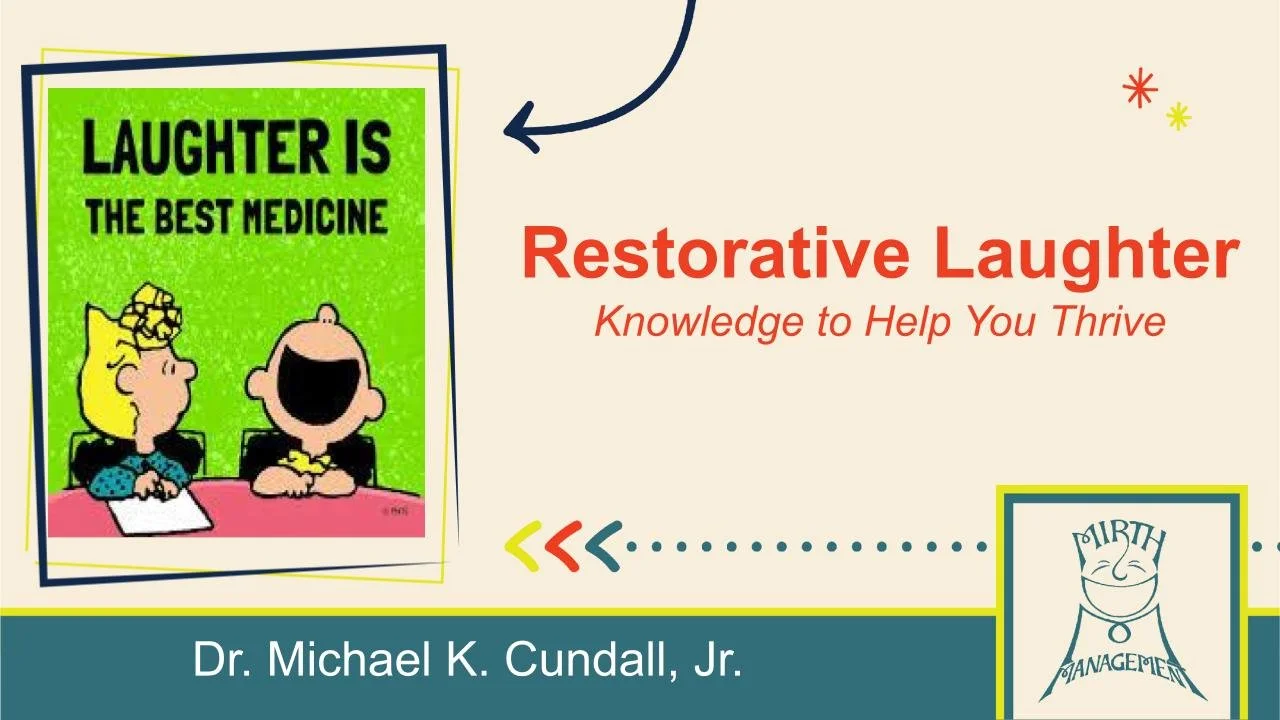The Restorative Power of Laughter: Highlights from Our Session with Mike Cundall
Laughter might be the last thing on your to-do list, but it could be the most powerful.
In this session recap, discover why humor is more than fun and games; it’s a critical tool for wellbeing and performance.
In our Q4 Educational Intensive, The Restorative Powers of Laughter, Humor and Mirth for Thriving Workplaces, we were reminded that one of the most powerful tools for improving engagement and resilience is laughter.
Dr. Mike Cundall, professor of philosophy and author of The Humor Hack, shared research showing how humor can be both a preventive medicine and a performance enhancer. As he put it, laughter isn’t the opposite of seriousness, it’s what keeps us human in serious times.
Stress Is Still the Silent Epidemic
According to Dr. Cundall, workplace stress has become a defining feature of modern work. More than 70% of people report daily stress or anxiety that interferes with their lives, and nearly a third rely on medication to cope. Despite the billions invested annually in leadership development, disengagement rates remain at their highest in a decade. He argued that the issue isn’t leadership itself, but that too much leadership training focuses on metrics and deliverables, while neglecting restorative practices that sustain people’s energy and mental health. He suggested humor is one of those missing ingredients: a regenerative force that restores dignity, connection, and perspective in daily work.
The Science of Laughter and Mirth
Humor’s benefits go far beyond a good mood. Research on humor’s benefits is extensive. In studies across psychology, biology, and neuroscience, laughter has been shown to:
Lower cortisol and epinephrine, reducing stress responses
Strengthen the parasympathetic nervous system (“rest and digest”)
Improve blood pressure and resilience
Boost connection, empathy, and closeness within teams
Dr. Cundall described mirth, the emotional experience of shared amusement, as a vital indicator of wellbeing. “Laughter,” he explained, “comes before language. It’s one of the oldest ways we signal belonging.”
Using Humor Intentionally at Work
The most effective humor in a professional setting is inclusive and affirming. Dr. Cundall emphasized two types of humor that strengthen relationships:
Self-enhancing humor: using humor to stay positive and resilient.
Affiliative humor: using humor to uplift and connect others.
He suggested starting small to rehydrate a “humor desert”: playful socks, fun ties, witty signage, or light-hearted team rituals.
Above all, humor is most powerful when it reinforces our shared dignity. Whether it’s a clever line in a meeting or a meme that makes a colleague’s day, these moments turn coworkers back into people, and that human connection is what sustains engagement. Having fun at work means you’re taking your wellbeing seriously.
Laughter as Preventive Medicine
Just three moments of meaningful laughter a day, he said, can lead to lasting improvements in mood and resilience. We were encouraged to treat laughter like nutrition for the mind and view it as salt to the dish of life. He encouraged us to find new ways to laugh:
Take a stand-up comedy/improv class
Try Laughter Yoga (or goat or puppy yoga)
Watch videos of babies laughing
Join the Association for Applied and Therapeutic Humor
The takeaway? In a culture that often equates performance with pressure, this reminder hits home: humor isn’t a distraction from productivity, it’s a foundation for it. How will you infuse humor and laughter at your workplace?
Learn more about Dr. Mike’s work, including links to his books and Substack in this post.
Value our work? Donate today so we can fairly compensate our presenters and subscribe to our newsletter so you never miss the latest resources and events!


